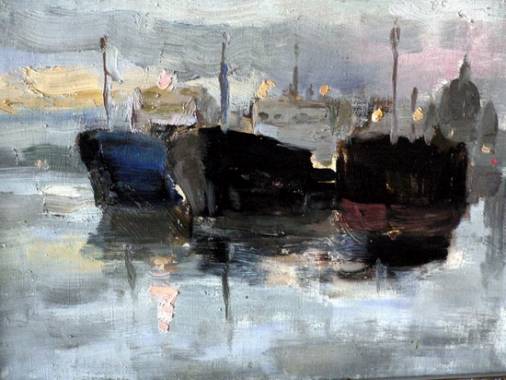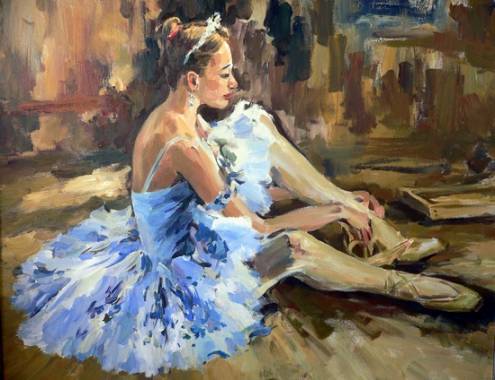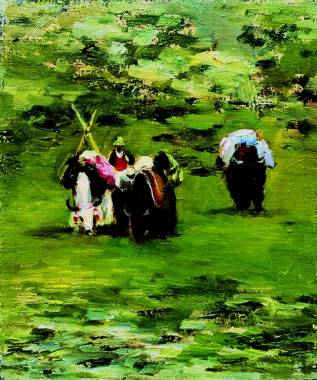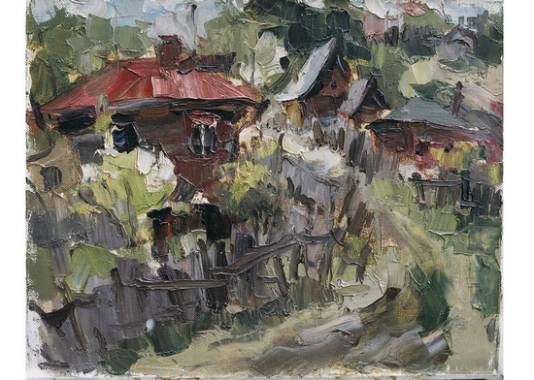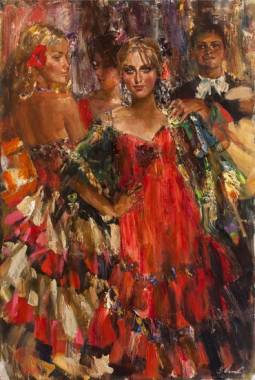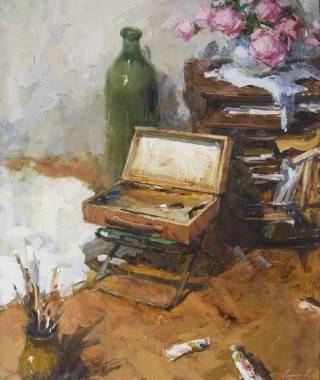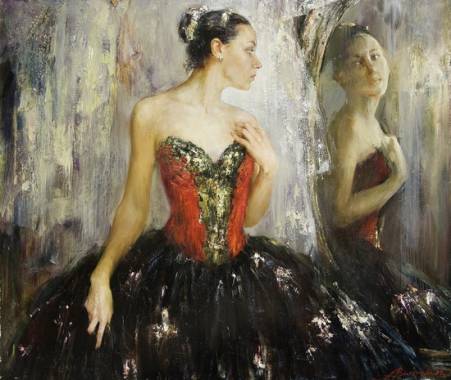Russian and Chinese artists from Repin Academy of Fine Arts of St Petersburg will hold an exhibition of oil painting of teachers and students of Repin Academy of Fine Arts in Dalian Polytechnic University on April 17th. More than 100 paintings that they will bring have inherited the spiritual value of Russian oil painting realism that represent the Peredvizhnik, no matter landscapes or figures, all showing the diversity of contemporary Russian oil painting realism.
From the beginning, Repin Academy of Fine Arts has established the teaching system of making the studio education as the core and the traditional realism as the main techniques, which was an inevitable choice of Russian ruling class who has learnt technology and culture from the Western. The arts studios of the Academy have always famous Russian professor for front-line teaching, and the studios are also named after professors, such as the prestigious Repin studio, Mackowski studio, Kuindzhi studio, and the Moiseyenko studio, Boris Loganson studio, Anikushin studio in Soviet times, as well as the Melnikov studio, farmin studio, Pimeov studio and a number of outstanding painting studios.
The studio at which I studied was Pimeov studio, whose predecessor was the studio of Repin, the greatest Russian realistic painter and educator in the 19th Century. The Studio was set up on the top floor of the teaching building of the Academy. Thanks to the natural light of the studio, the students could freely use the unique condition to sketch and paint. The main curriculum of color was body color sketch and the studio was very strict with the students. From the use of palettes to the coordination and matching of the color of scenery, it should not only reflect the traditional gray tone painting philosophy, but also combine the theory and the practice of teaching subject of a new era.
Pimeov studio now still preserves the teaching philosophy of traditional, scientific and rigorous. The body color sketch is an important subject to reflect the teaching research at the studio. The professor always spends a lot of time setting the model, striving to be perfect in every tiny detail. The position of the model not only requires that everyone could observe the subtle changes of the light and the model itself from different angle of view and different light as clear as possible, but also should pay attention to the influence of natural light imposed on the skin color of the model, as well as the cold and warm color of the surrounding background, relation of light and shade, change and coordination of gradations.
The changes of the posture of human body should be preferentially concerned. Sometimes a posture needs repeated scrutiny so that it could meet the requirements of aesthetic sense and possess the practical knowledge of chromatics and composition study at the same time. On the stage of actual painting, students always use the draft as the basis, and then enlarge it on the canvas. It is crucial to paint the artwork with the guidance of the professors. The students must master the whole composition and gradually apply the knowledge of anatomy to the whole picture.
When painting the joint of human body, the process to deal with the tonal changes and cohesive gradations is very exquisite, focusing on the tonal changes of human body and bony features, and when painting the skin of human body, the match of color texture and hue should be appropriate. By observing the model and practice repeatedly, the artist will get a unified understanding of practical experience and anatomy. The works with a high degree of aesthetic expression need constantly in-depth study of color and structure.
By mastering at anatomy, perspective and chromatics, by using painting language and techniques skillfully, the artists express the in-depth understanding, awareness of the object freely, as well as the profound insight of surroundings.
